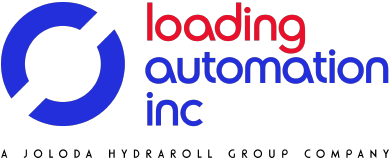A loading dock, if you’re not familiar with the term, and which you’ll also see referred to as a ‘loading bay’ is an area of a building where goods vehicles load or unload. It’s common to see them on commercial buildings, industrial buildings and warehouses. The term can also refer to the platform itself used to load and unload goods.
Below we’re going to give you some insight into the benefits of installing a loading dock, provide tips on designing and planning your loading dock well, some of the hazards working in a loading dock can entail, and the right loading dock equipment to use and how to use it.
the benefits of installing a loading dock
Loading docks have a variety of simple benefits for your business. Below are some of the main ones.
safety
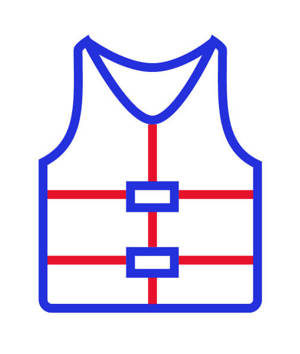
Safety is paramount when it comes to loading and unloading items, and a good loading dock will enable you and your employees to perform loading duties at minimal risk, if any at all. Humans commit errors easily, but the use of loading dock technology, combined with the correct training on how to use it, will help logistics teams to load and unload items with much less risk of injury.
efficient

Loading docks allow you to load and unload items all in the same place, speeding the process up. This makes it possible for you to get your items out on the road and on their way to the customer (or to the next agent in the supply chain) quicker. You enjoy the added bonus of your trucks not idling as much time and can get more shipments out in a day.
Simplicity

Loading bay equipment is easy to use, which makes it straightforward to train the professionals who are using the equipment. Some of the tech is automated as well, which speeds things up, and operatives don’t have to consult a manual often. They can just get on with the job.
Capacity to lift large loads
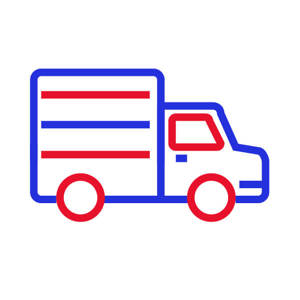
Loading docks can handle heavy loads and withstand heavy traffic. No matter what your items weigh, your loading dock can handle it. Of course, as we mentioned, you can also work with these loads safely.
planning the design of your loading dock
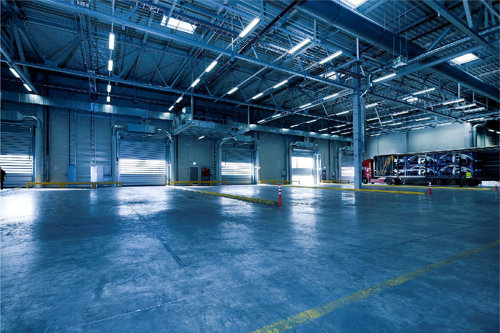
However, achieving these benefits and more takes careful thought and solid design. Here are a few tips on planning and designing your loading dock for safe, efficient operations:
Safe working areas
Health and safety is paramount. When designing a loading dock, you should take immense care to make sure it’s as safe as possible. Don’t cut corners, or you’re likely to pay dearly for it in the long run.
To make your loading dock safe, there are several things you can do:
- Design your dock to suit the different types of trucks you’ll have to secure: Unfortunately, trailer separation accidents are a real possibility in logistics. These can include early departure, in which the driver pulls away from the dock while a forklift truck operator is still entering or leaving the vehicle or inside it; trailer creep, in which the movement of the forklift truck causes the trailer to move away from the dock, creating a dangerous gap between the dock and the trailer; landing gear collapse, which causes the trailer to shift dangerously; trailer pop up, in which a forklift truck entering an empty trailer causes the nose to rise; or trailer up-end, in which the weight of the forklift truck causes the trailer nose to slope down and the rear of the trailer to rise.
- Facilitate smooth forklift truck rides: ‘Dock shock’ is common in logistics, thanks to old dock levellers that create bumps and gaps, causing the bodies of forklift truck drivers to vibrate, winding up eventually in neck and back injuries. Smooth transition levellers could reduce dock shock, giving you the chance to show you care about your employees.
- Design a driving approach for trucks: Horrific accidents can occur when trailers are backing and an employee working in the loading bay isn’t aware of it. Incorporating systems that warn workers when a trailer is reversing is one way to improve the driving approach.
- Incorporate a fifth wheel dock locking mechanism: When setting up loading docks for customers, we install a fifth-wheel trailer docking and locking assembly. This consists of a robust, specially manufactured component that can be bolted directly to the floor. The fifth wheel enables positioning of the trailer either plus or minus three millimetres in the vertical or horizontal position. The leveller connects with the kingpin, which is mounted at the rear of the trailer chassis on a heavy-duty steel plate. When the trailer is locked in position, a photocell on the dock lock communicates this by sending a signal to the programmable logic controller (PLC), which is the brain of the system. When the logistics staff have finished unloading or unloading the trailer, the PLC will issue a signal to the dock lock to release the trailer. Until it receives this signal, the trailer will remain locked.
Note that loading bays should not just be safe, but accessible as well. The business should provide a ramp from the dock to the parking area to make it easier for small vans and trucks to deliver goods.
Productivity
The operations in a loading dock should be as productive as they are safe. Here are some tips for improving productivity in your loading dock:
- Conduct regular maintenance: Scheduling and carrying out regular, planned maintenance will help you keep abreast of safety hazards and of necessary repairs. Keeping on top of repairs and dealing with them proactively will protect you more against complete equipment failure, which would cost you lots of time and lots of productivity.
- Protect your loading dock against pests and the elements: Wear and tear from the elements can damage productivity, not to mention make your loading dock unsafe. Seals and shelters for loading docks will stop the elements from intruding and help to keep your equipment in condition. The result: more productivity.
- Train your employees well: A sound level of training is important for your employees not just for productivity, but also for their safety. If another employee has to step in to help out, productivity will slow down, and if an employee doesn’t know how to operate a certain piece of machinery quickly, the risks can really escalate.
Efficiency
The more efficient your logistics operations are, the quicker you can get goods out to the customer or move them on to the next part of the supply chain. Here are some tips for boosting your efficiency:
- Use truck guides: Trucks waste a lot of time lining up with loading docks. Wheel guides, bumpers, mirrors and reflective guides all make it easier for drivers to align with the bay itself, and will help unloading and loading run more smoothly.
- Make the most of technology: Combining warehouse management and transportation management systems can bolster your logistics operations. A good system can improve your staffing, scheduling and overall productivity.
- Implementation of RFID technology: This type of technology will make it much more straightforward to track pallets, shipments and individual products. Employees in loading bays will be able to check the statuses of shipments and that the right goods are on the right trucks, without having to rummage through lots of paperwork.
Energy saving
Loading bays are crucial for the movement of goods, but they incur high energy usage (and costs). Below are some tips on how to make a loading bay more efficient:
- Use dock seals: Loading bays tend to lose a lot of energy through their doors. Using dock seals can assist in temperature control and stop the loading bay from losing as much heat or cool through the cracks of the trailer and bay.
- Set up loading dock shelters: Although not quite as efficient as loading dock seals, loading dock shelters perform the same job, limiting the amount of heat or cool air that escapes from the facility. They’re most suitable at warehouses that deal with lots of different types of trucks and in lots of different sizes.
- Install LED lighting fixtures: Regular incandescent light bulbs have a shorter life than LED lights and gobble up energy, whereas LED lighting can save you energy and still provide good-quality lighting. Some LED lighting is powerful enough to light up an entire trailer, not only saving energy but also making it safer for employees working in or around the trailer to perform their duties.
Protection from pests
No customer wants goods that have shared their journey to the customer’s doorstep with rats or other rodents. There are some simple measures your business can take to protect goods against pests:
- Set out a clear protocol for inspecting incoming shipments: Pests can easily sneak into shipments during the process. Any team in the process that is receiving goods should know how to inspect them and the action to take if goods arrive with unwanted visitors.
- Be mindful of gaps: Where there are gaps there’s potential for rodents to sneak in. Think about your access points and, once you’ve designed your loading dock, check for light. If you see any light, look into different ways of sealing the gap.
- Consider waste areas and how you keep them clean: Bins are highly attractive to pests, and unfortunately, a lot of loading docks share space with waste disposal areas or are close to them. The closer your waste facilities are to your loading dock, the more risk you face of pests getting into the loading dock itself.
Protection from the elements
The elements can really batter a loading dock, and you should try to keep them at bay however possible so the impact on your loading bay isn’t as stern. Here are some tips:
- Apply door seals and regularly inspect them: Poor sealing can allow rain, sleet and other elements to enter, as can worn seals. A build-up of moisture can not only damage goods but also create hazardous working conditions. Apply seals to all four sides of doors and conduct regular checks to confirm whether they’re still doing the job you require of them.
- Provide mats and implement an ‘indoor shoe’ policy: Ice and other elements can easily enter through loading dock doors, as can workers that trail them in and, by doing so, create dangerous conditions. Provide mats so that workers can wipe their feet when they come into the facility. Consider implementing an ‘indoor shoe’ policy to prevent surfaces from becoming slippery, and make sure there is a mop and a safety sign in the warehouse or relevant logistics facility.
- Install a dock shelter: Snow and ice can slide off the roof of a trailer and into unprotected loading areas, creating a serious health and safety risk for workers. Installing a dock shelter can prevent these elements from sliding into the area, and rain from running into it, allowing employees to move between the dock and the roof without the threat of either snow or ice falling on top of them.
Functionality
Naturally, a loading dock must have certain functional elements to operate well:
- Adjacency: A loading dock should be separate from public access areas of the building, public spaces and other light industrial or warehouse zones. Service vehicles should be able to access them easily, and the dock should also provide convenience for freight elevators so that goods are addressed away from passenger lifts and corridors.
- Accommodation of vehicles: Docks must be able to accommodate vehicles of different shapes and sizes.
- Lighting: Every truck position should have suitable adjustable lighting so that it’s possible to see clearly when operating inside trailers.
- Exterior doors: Overhead coiling doors are preferable for loading docks.
- Bumpers and edge guards: Businesses should protect their loading docks with edge guards and bumpers.
- Mitigation of exposure to noise: Noise levels should be moderated, and flexibility/mass are two attributes important for creating a barrier to sound transmission. Unpainted heavy masonry walls will offer mass, and absorptive acoustic surfacing will help to soak up noise inside the dock, but have little impact on noise outside of it.
the dangers of loading docks
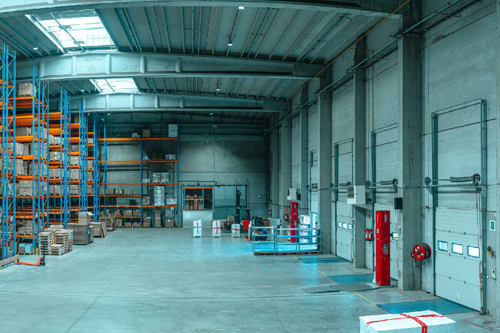
When working in a loading dock, the employees will be working with heavy items or with bulk amounts of items, the weight of which soon adds up. Here are some of the different hazards of working in a loading dock:
- Electrical risks: Static electricity can build up if there are any areas in which flowing solids are released through a hose pipe or chute. This can cause electric shocks. Sparks from the electrical charge could even start a fire or trigger an explosion.
- Slips and falls: Oil or water from forklift trucks or from leaks in containers can cause people to slip or fall. It’s a common accident.
- Falls from the edge of the dock: If a dock door is left open after loading or unloading and a worker is concentrating heavily on their job, they may not notice and suffer a fall.
- Loads: Loads pose a wide range of hazards. Improperly secured loads may move around during transit. Pallets or strips can break, coming loose and the loads on them falling either on the unsuspecting driver when they open the trailer door or on the workers unloading the vehicle.
- Forklift truck accidents: Sometimes operators get into a blind spot and might not spot one or more of the workers around them. They may be concentrating heavily on the forks or on driving onto the dock, or they may be driving into a trailer and not aware of workers who are already in the trailer. Not noticing or not seeing workers can lead to horrendous accidents.
- Reversing trucks: A truck driver who is reversing but doesn’t see an operative behind the truck can cause a fatal accident or, the very least, major injuries. The truck could crush the worker between itself and the edge of the dock.
- Overwork and exhaustion: Note that working with loads is physically demanding. Workers may overexert themselves when loading or unloading boxes, goods and materials, resulting in potential back, knee, shoulder and spinal injuries.
using the right dock loading equipment
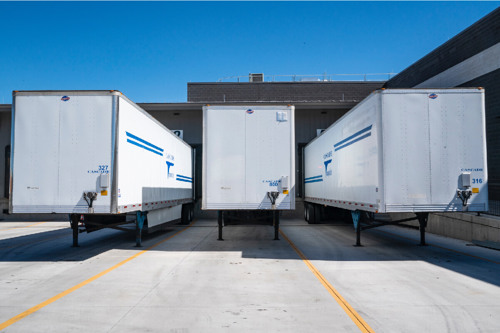
When operating a loading bay, it’s essential to use the right equipment so that employees can work safely and efficiently, helping you to get the goods out to the client or to the next agent in the supply chain or logistics process as quickly as possible.
Hydraulic dock lever
A hydraulic dock lever is used when loading or unloading to bridge the gap between the floor and the trailer. It’s one of the most common types of dock leveller (another being the mechanical dock leveller) and requires the operator to merely press a button to lower the leveller and extend or stop the leveller's lip. The leveller uses hydraulic cylinders and hydraulic pumps to lift and place the leveller.
Vehicle restraint
Vehicle restraints, also known as ‘dock locks’, are important for preventing accidents in loading bays. They stop vehicles from moving while employees are still loading or unloading a vehicle.
Vehicle restraints can be:
- a block of wood, rubber or a laminated wedge that the professional then places in front of the tyres (wheel chock);
- a light communication system in which the restraint advises the driver, by indicating with a red or a green light, whether it’s safe for the driver to pull away;
- a manual or automatic vehicle restraint that creates an obstruction by latching onto the rig bar of the truck;
- restraints that engage one or more of the tyres of the vehicle, and are good for vehicles that don’t have rig bars.
Conveyors
Conveyors are common in logistics and help logistics teams and departments move goods, materials or other items more rapidly, often from one part of a building to another. They’re extremely useful when dealing with heavy goods, sharp objects, raw materials or mass-produced products.
The conveyors used in logistics are often portable conveyors known as ‘mobile shaft line conveyors’. You also come across gravity-powered and flexible powered conveyors.
automated truck loading systems
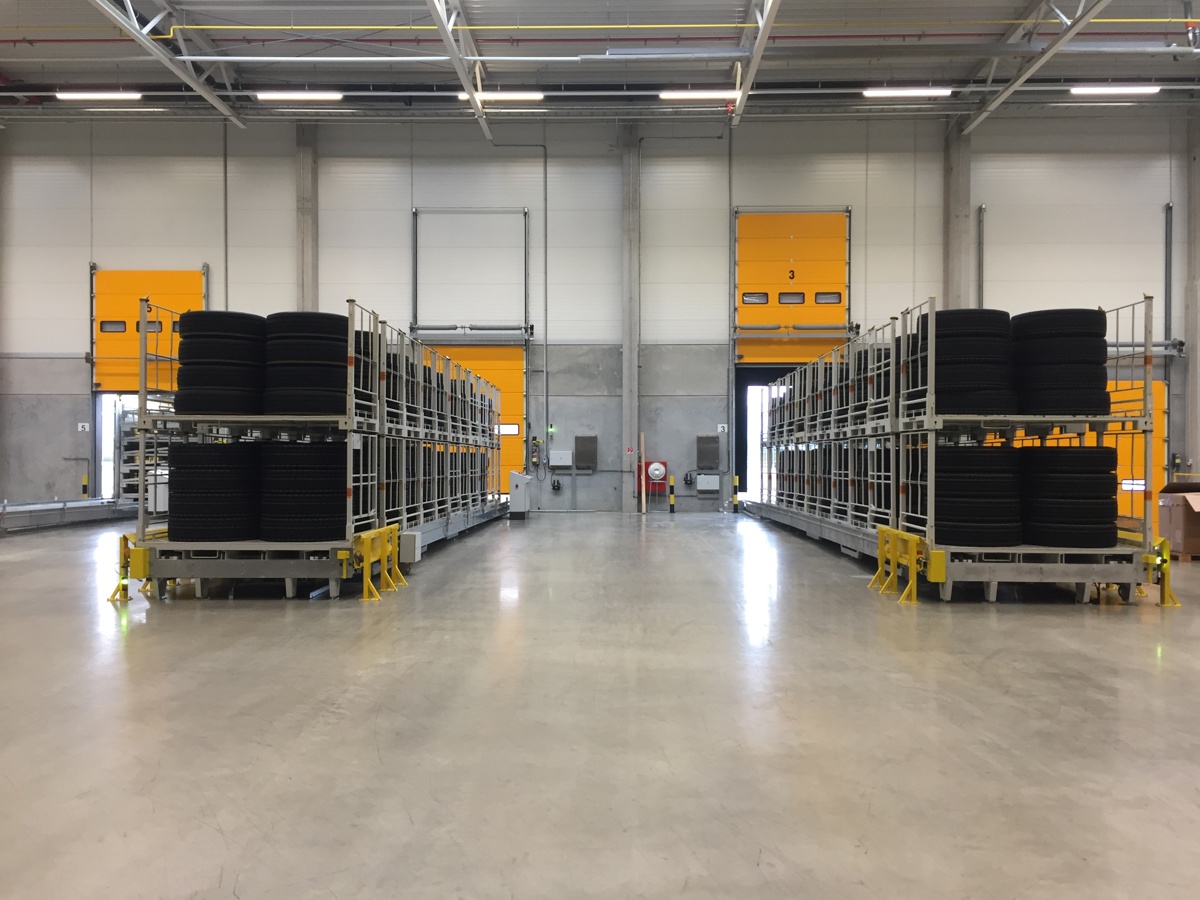
Automated truck loading systems (ATLSs) lighten the load when it comes to transferring goods from your conveyor to the truck trailer. Different manufacturers offer different systems. The ATLS will either fit inside the trailer itself or serve as a bridge between the truck and the conveyor, and as an extension of the conveyor, and transfers the items from one to the other. They’re safe and efficient. Our Moving Floor and Slipchain automated loading systems are two examples of ATLSs.
Loading docks are an essential part of the logistics process and allow businesses to receive goods as well as to set about distributing them. Efficiency is important, but safety must always take precedence. If not, it can damage the business not just in terms of productivity, but also financially and legally.
Book a FREE Loading Assessment
Learn how to make the loading process safer and more efficient with a no-obligation assessment...
BOOK NOW